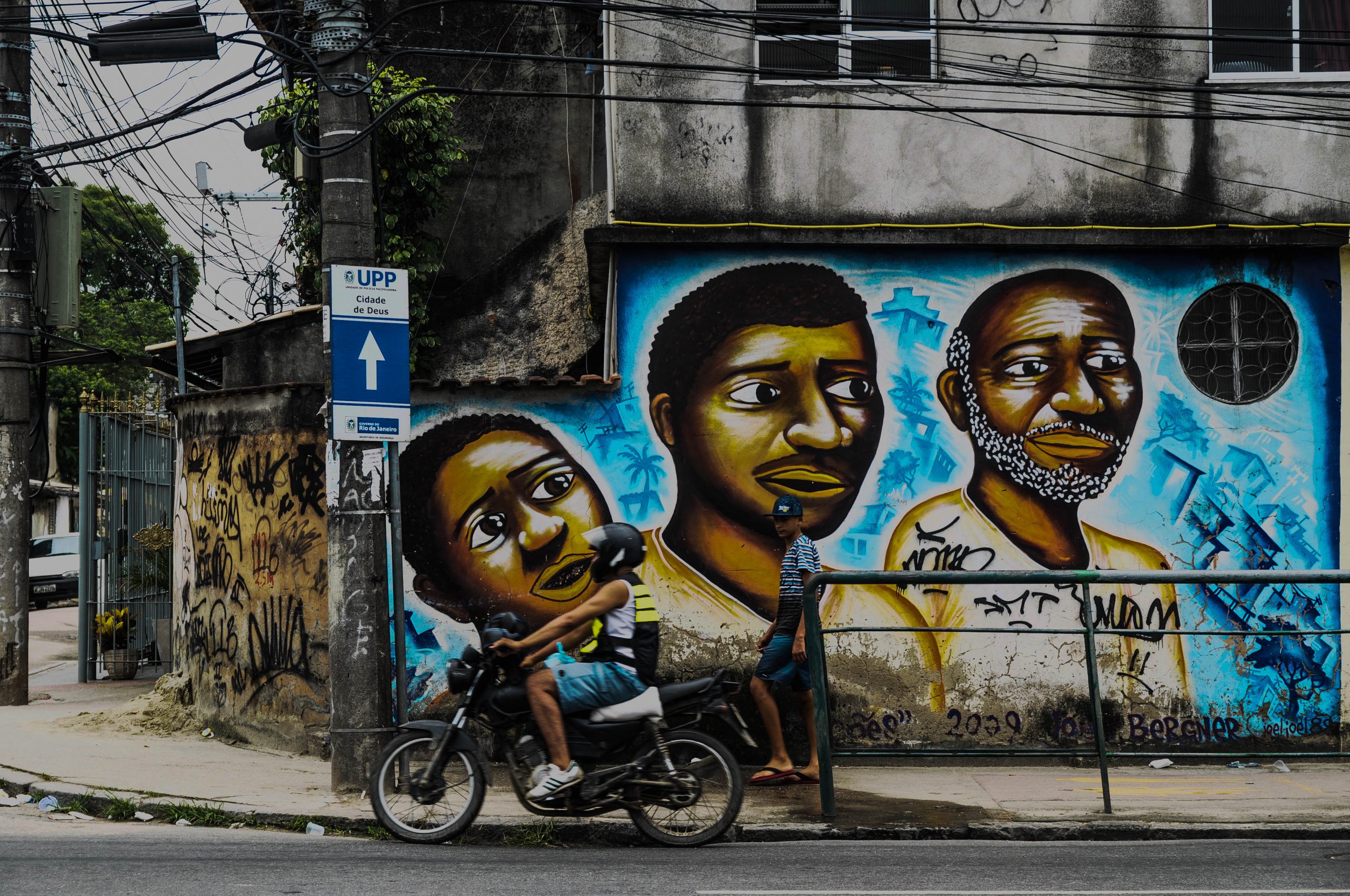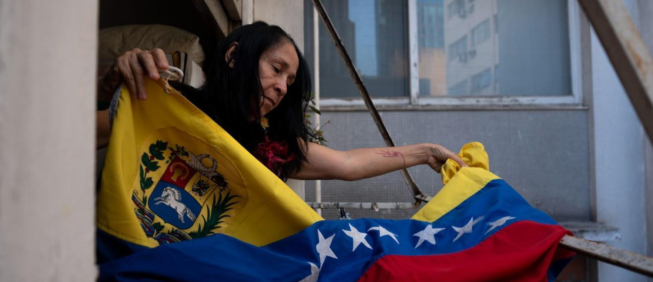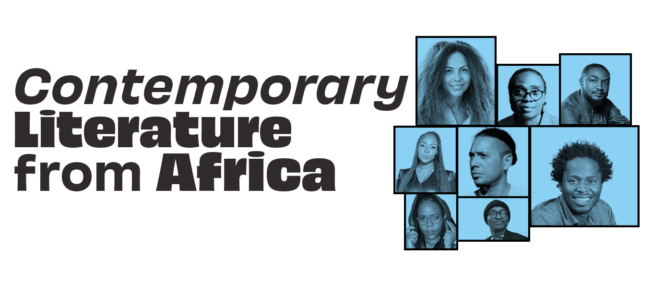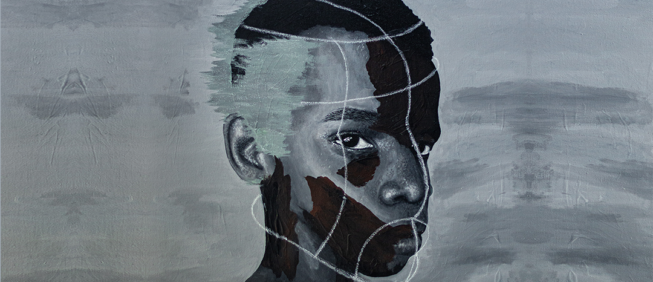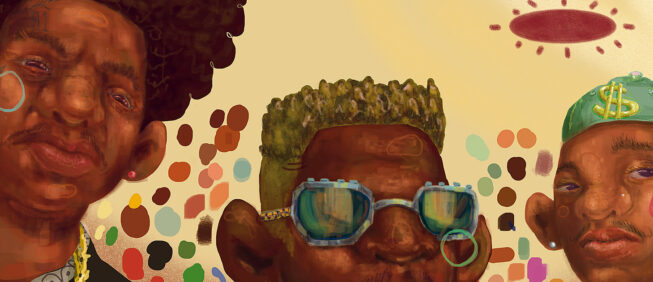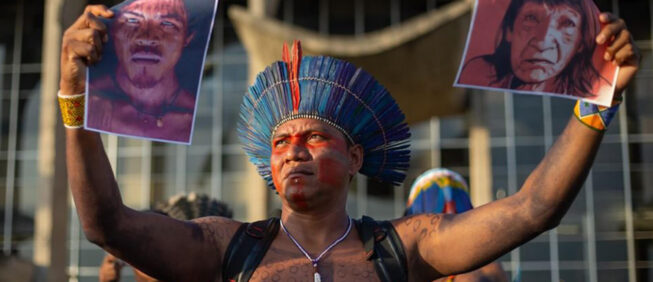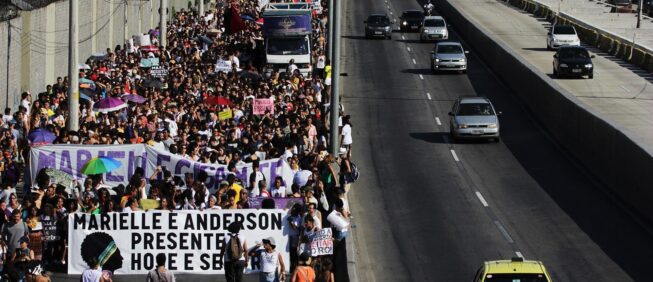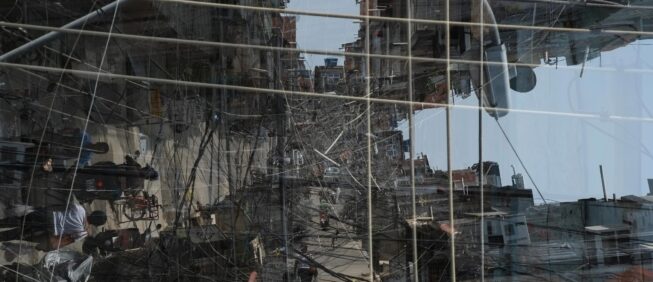Subversive mobility in a context of trust
Mototaxis in the Maré Favelas
Aruan Braga
João Felipe Brito
| Brazil |
July 27, 2019
translated by Edmund Ruge
Ever since the industrial revolution brought about the paradigm of daily travel from home to work and from work to home, the cities of industrialized societies have come to experience this periodic, massified dance of moving bodies. During at least two grand moments every day, at dawn and dusk, the city shifts from fixed to flowing.
The expanding and densifying urban fabric, especially at present, has led to the birth of new levels of daily locomotion within cities, compounded by the influence of financial and State capital in the creation of sociopolitical centralities as well as the strengthening of established centralities1 Contemporary urbanization has taken on effects akin to that of the metropolitization of space (VELTZ, 2014; ASCHER 1998; LACOURT, 1999; PINSON, 2011; LENCIONI, 2013).. Interwoven in these processes, new modes of public and private transportation spring up, turn obsolete, and are quickly replaced by faster and more efficient means, crossing sociabilities and identities that follow citizens through their increasingly prominent and extended routine locomotion.
As many authors have observed2For reference see the famous "Tourists and Vagabonds" by Zygmunt Bauman, in Globalização: as consequências humanas (1999). Also see "Mobilidades” from the journal Tempo Social(2018), of the University of São Paulo, an initiative of Bianca Freire-Medeiros and Thiago Allis from the event “SPMobilities”., mobility does not refer exclusively to the means of transportation between two life-event points (home-work; home-school; work-leisure etc). It is also the essence, condition, and stage for multiple possibilities of being and doing in contemporary life.
Faced with this problem, we contemplate the Brazilian metropoles, situated in the periphery of capitalism and ongoing urbanization, with their extreme inequalities and equity-less territorial distribution of employment, work, income, essential public services, and, of course, of the channels and stations of efficient transportation. In this socio-historic amalgam emerges the favela, territory composed of peerless innovators, of creative urbanistic solutions, a territory that in its inception and growth seeks to maximize opportunities in the city and construct a shelter for community, family, and individual life.
Among Brazilian cities, we’ve come to focus on Rio de Janeiro. Among Rio’s favelas we examine Maré, a group of 16 favela communities built over decades, both by the State, which placed families there after removing them from other neighborhoods in the city, and by families that arrived on their own account. Maré’s favelas are strategically located near the city’s Guanabara Bay, near the historic downtown and financial center, and between three main transit-lines: the highways of Avenida Brasil, Linha Vermelha (the red line), and Linha Amarela (the yellow line). Living in Mar[e thus brings with it the possibility of enjoying rapid access to countless neighborhoods around Rio as well as other cities in the Rio Metropolitan region. The inverse also applies: Mar[e is a group of favelas with great visibility and visitability (Costa, 1999), a place of great recognition in the city and the object of many narratives, often in conflict.
Of the possibilities for internal and external transit for residents of Maré, one mode, characteristic of Rio’s favelas, stands out: the mototaxi. In an endogenous system of planning and provision of motorcycle drivers in locations called “points,” where, identified by the colors and names on their vests, drives gather and await passengers, mototaxi drivers bring clients to destinations with predetermined prices, or, in relation to most frequent destinations, prices displayed on visible billboards.
As the Observatório de Favelas (The Favelas Observatory) is located adjacent to a busy mototaxi station, the modality has become part of our own routines. And as the agents of this urban mobility are present at all times and in all locations in Maré, we decided to undertake systematic research on favela mobility based in this modality. This means of transport is a source of income for thousands of Rio families and the only means of transportation available for many trajectories, schedules, and circumstances.
Our research began with semi-structured, in-depth interviews with three mototaxi drivers in Maré. This brief article is based on the resulting data. We used the following as our guiding question: can mototaxi drivers help to expand comprehension of the phenomenon of mobility in contemporary Brazilian cities, expanding their meaning and opening space to socioeconomic innovation? In the case of a “yes” hypothesis, we would still have to answer the following: in what way, with what elements, allied to what local production processes in the city? On that note, let’s hit the road.
Urban mobility, immobility, and inequality: representations and political disputes for circulation in the city
[Interviewer]3To produce anonymity, sections from interviews will be reproduced using [I] to indicate the interviewer and [M] for the mototaxi drivers.: “How many mototaxi points do you think there are in Maré?”
[Mototaxi driver]: “Hold on, let me count them for you: Sem Terra; da Praça; BT; Rubem Vaz; Principal; Teixeira; 18; Mototáxi Rosa; Timbau; Fogo Cruzado; Pinheiro; Escola Bahia; da Vila e do Esperança. That’s 14. With 1000 to 1500 mototaxi drivers.”
In the 1960s, in the midst of revolutionary Paris, Henri Lefebvre (1969) announced that the act of transit had become just as important as that of habitation. With this author, mobility, in the sense of broadening the right to the city, began to carry with it the need to promote access to resources, to attend to the needs of people, and to stimulate coexistence among citizens in difference and diversity. In a similar diagnostic, the Brazilian geographer Milton Santos argues that, in the contemporary world, movement overtook non-movement/rest by making the daily movement of the labor force and of capital just as important as production (SANTOS, 1996).
Moving forward with this debate and analyzing the postmodern condition, David Harvey (1994) argued that we are living a process of compression of space-time in the daily lives of cities. Non-stop urbanization and its objective results, such as fragmentation, instability, and speed of human agglomerates, are empirical indices of this finding. It was in this context that the category “mobility” emerged to assist in the comprehension of the phenomena that relate to the circulation of people, resources, and ideas in the urban social arrangement.
At the onset of the 20th century, Georg Simmel (2005) laid out the notion of mobility as now widely accepted: movement, real or imagined, made up of intentions, strategies, and choices. Mobility, in this perspective, is not only a phenomenon resulting from the formation or social/material structure of the world, but also one of its constitutive elements. More recently, a number of Brazilian and international researchers have begun to re-examine the role of mobility in our lives and cities. They addressed the idea systematically, through its inventive meaning, its signs, culture relations, and power. Based on the premise that movement fulfills a constitutive role in the functioning of social institutions and practices, what we here designate as a paradigm of mobilities refers to an organization of systems that, to different extents, govern not only the mobility and immobility of persons and things, images, and messages, but also cause infrastructural and narrative networks to interact. Such systems of mobility respond to specific cultural configurations and to power regimes that define what and who can (or can’t) circulate, when, and under what conditions of safety and comfort. (FREIRE-MEDEIROS, TELLES e ALLIS, 2018).
[M]: “[It’s the] responsibility of the mototaxi. When I take [kids] to school, there are parents that go together, but often it’s just to see their kid off in the hands of the teacher. Suppose, then, a ride from here to Parque União, three reais. When I take somebody’s kid, I charge five. ‘But everyone else charges three,’ ‘I charge five. I’m not going to just drop your kid off, turn my back, and leave.’ Often you have to wait for the school gates to open, you have to wait to see that the teacher received the kid, because that person put their trust in you.”

As such, mobility becomes a fundamental field for facing and disputing the democratization of urban space — a catalyst that promotes sociabilities of plural co-existence in common spaces. Instead of driving homogenization, fragmentation, and hierarchization in intraurban spaces, mobility should be contemplated, implemented, and appropriated to break with the dichotomies of center/periphery, favela/city, home/work and to construct integrated, polycentric urban forms capable of overcoming the limitations of rights for determined bodies and territories.
[I]: “Have you ever been threatened by the police?”
[Mototaxi driver] “Yeah”
[I]: “What did the guy say to you?”
[M] “‘Man, you’re all drug traffickers, you’re all moto-traffickers. I’m going to get you and I’m going to kill you all.’”
[I]: “Here in Maré?”
[M]: “On the highway. But here too, at the point. They closed us down with a police operation at 5 AM. “They showed up and said ‘Nobody leaves, nobody leaves.’ He told us ‘nobody gets up. You can stay right here.’”
In the midst of contemporary debates on the value, management, and transparency of financing public transportation in Rio4Families of popular origin spend on average 20% of family income on transportation, according to Brazil's latest census (IBGE, 2011)., on restrictions in access to circulation in the city owing to territory of origin5http://g1.globo.com/rio-de-janeiro/noticia/2015/09/menores-sao-retirados-de-onibus-no-rio-e-colocados-em-outro-coletivo.html , race6https://g1.globo.com/pr/parana/noticia/2018/10/26/mulher-denuncia-ter-sido-vitima-de-racismo-em-onibus-na-regiao-de-curitiba.ghtml , gender7https://www.brasildefato.com.br/2019/04/25/assedio-nos-onibus-jp-cerca-de-5357-das-mulheres-ja-foram-vitimas/ , sexuality8https://oglobo.globo.com/sociedade/quando-entrei-num-onibus-alguem-atirou-pedras-na-minha-direcao-diz-mulher-vitima-de-transfobia-23451487 ., and age9https://www.instagram.com/p/BxPcfBnlE54/?utm_source=ig_web_copy_link , we affirm the central role of immobility in the reproduction of social inequality. In this way, the technical perspective on mobility reveals itself as limited and incomplete, as it reduces or leaves unconsidered the political, conflictive, and creative dimension of this social phenomenon.
With that, we affirm that the urban social arrangement is formed from systems and structures that facilitate or constrict circulation in the city. Who and what is mobile or immobilized in the city? In other terms: these are characteristics of inequality in the city — in both the promotion of and the restriction of movement, for this or that place, this or that direction, this or that individual or group. Significant experiences for the democratization of the city in the field of urban mobility originated in the popular and peripheral urban spaces, spaces more affected by inequality in access to and circulation in the city. Residents of these territories are not in a passive position in the urban dynamic, but rather react and create ways of subverting these restrictions. This is the case of the mototaxi in the favelas that make up Maré: it transformations concrete and objective relations just as much as it transforms subjective and immaterial relations for the residents of Maré with the city, be it in the co-existence and circulation within the favela itself or even in other neighborhoods of the city.
Movement and constraints in the city: the Maré’s urban context and its inventive appropriation of the mototaxi
Maré brings together one of the largest groupings of favelas in the city of Rio de Janeiro. More than 140,000 people live in its 16 favelas. Its location on the edges of the Avenida Brasil highway is indicative of its history, as it was with the creation of this highway that the neighborhood’s first families built their homes. Today, more than 40,000 households are distributed in the communities with distinct appearances, some of them housing complexes built by the State.
[I]: “How did you parents arrive in Maré?”
[M]: “My grandma said it was from the Esqueleto favela, that’s what she said. And from there I think they [the government] took it apart and removed the people from there, and put them here and she moved here and stayed.”
[I]: “And [your family] has been here ever since your grandma, and your parents.”
[M]: “My parents, their siblings, and from there it just kept going.”
[I]: “Do you like living in Maré?”
[M]: “I love it.”
[I]: “What’s good about Maré?”
[M] “If you look at other neighborhoods, other places, they don’t have what we have here. This is a happy place. It has everything. What ruins it is many residents that sometimes don’t know how to value where they live. Many prefer to act like favelados, messy, disorderly people that create messy disorder. But if you take a look, there are markets here, clothing stores, the only thing that’s missing is a movie theater. That’s it. Nobody can top us. And the community here is out and about 24 hours a day. You get here and everyone treats you well. You’re treated well by everyone. You might get to some spot today and people will ask you some questions, but you showed that you made it here, and the community took you in.”
[I]: “Your family lives in Maré?”
[M]: “All of them.”
As noted, the 16 favelas that make up Maré are situated between three central expressways that connect the Metropolitan region of Rio de Janeiro: the Avenida Brasil, Linha Vermelha, and Linha Amarela highways. These connect the central regions of the city with the West Zone—the farthest area from the political and economic centers of the city—as well as with other cities in the Metropolitan region. They also feed into the major national highways that head to the south and northeast of the country. Of these three roads, the most important from the perspective of collective transport and possibilities for connections with other neighborhoods is the Avenida Brasil, which allows for access to many different points in the city. On the other hand, the Linha Vermelha and Linha Amarela (both with an average speed of 80-90 km/h) create barriers to movement and, though they pass by the limits of the territory, they do not connect with the area and its residents in any significant way. They constrict circulation more than they promote it.
In a study recently produced and published by the NGO Redes da Maré and the Observatório de Favelas (2015), 89% of residents interviewed said that they considered locomotion through the city “very important” or “important” for their day to day lives. For almost 50% of interviewees, the principal motive for their travel is work, followed by access to public services, access to commerce, and study. This data explains the two peak rush hours between 6 and 8 AM and between 4 and 6 PM, clearly demonstrating the pendular motion of travel to and from work.
The study highlights another relevant data point, indicating that 11.2% of interviewees rarely or almost never leave Maré for other neighborhoods in the city, and a whole 39% leave three times or less per week. This demonstrates both, on the one hand, clear restrictions in access to the city, and on the other hand, an availability of services and vitality of this popular territory. Maré’s extensive area gives meaning to routines and complexities of mobility and internal circulation. In the study, the principal motives indicated for internal circulation were meetings with friends and family members, access to markets and shops— especially street fairs—access to public services, travel to work and study, for sports practices, religious activities, and also as part of transit to other neighborhoods or city regions.
There are no bus lines in Maré’s interior, a fact which forces residents to develop strategies to overcome this deficiency in public services. The majority of residents use alternative transportation10Modes of individual and collective transportation that distinguish themselves from traditional models by their lack of official regulation or informality, though they are direct responses to the incapacity of the public sector to meet a crucial demand. for travel within Maré. According to the Redes and Observatório study, 63% of interviewees reported using this type of transportation for movement between the different favelas of Maré. Aside from the lack of regularized public transportation, the difficulties surrounding circulation in Maré are also driven by the lack of urbanization of roads (pavement, trash, drainage), urban violence, excessive traffic, and also by the private and commercial occupation of the streets. Facing these territorial characteristics, and attent to the sociabilities of local habits, the mototaxi drivers and their points were born. These merit close attention.
Trust and territorial identity: the Maré mototaxi as an experience of subversive mobility in the city of Rio de Janeiro.
In the city of Rio de Janeiro, the profession of mototaxi driver was authorized officially in 2017 by a complementary law under the city’s legislature, and, in 2018, regulated by a city executive decree on the text of that law11 Lei Complementar number 181, December 5, 2017. Available here: https://leismunicipais.com.br/a/rj/r/rio-de-janeiro/lei-complementar/2017/18/181/lei-organica-rio-de-janeiro-rj Decreto 44289, March 9, 2018. Available here: https://leismunicipais.com.br/a/rj/r/rio-de-janeiro/decreto/2018/4428/44289/decreto-n-44289-2018-dispoe-sobre-a-regulamentacao-do-servico-de-transporte-de-passageiros-por-motocicleta-mototaxi-no-ambito-do-municipio-do-rio-de-janeiro Accessed July 2019.. However, on account of the countless obligations that the current legislation imposes (such as a maximum 5-year age for motorcycles, registry at notary offices, definitive ownership of vehicles, insurance, CNPJ identity number for the cooperative or association, and many other limitations) the vast majority of mototaxi drivers work non-regulated. The ownership of motocycles, for example, is a limiting factor for these workers: many rent their bikes for work, often at the same point where they work, and with a savings fund built up through daily work, are able to finance their own bikes.
[I]: “But are there people that rent their bikes?:
[M]: “Yeah. That’s a business too. People think: ‘I only use my bike on weekends. During the week I’ll rent it to someone to use as a mototaxi."
[I]: “And who rents out the bikes?”
[M]: “Some residents. Some of them buy their bikes and don’t have time to ride, or they don't have the money to pay monthly installments on the bike and they prefer to rent it. 100 reais per week gets you 400 for the month and that’s enough to pay it off.
Norms for this type of work are organized and verified at the mototaxi points: the maximum number of mototaxis per point, scales for departures based on the order of arrival of the mototaxis to the area, obligatory usage of point-specific colored vests, weekly or monthly contributions for permission to circulate, and for maintenance of the space and equipment for collective use (roof covering for rain protecting, vests, sofas, chairs, television, arcade machines, water, and a sort of assistance for emergencies and accidents that functions somewhat like insurance).
Outside Maré, the norms are the same as those that apply to all motorcycle drivers: the use of helmets for driver and passenger, valid documentation for vehicle and driver, and up-to-date registry with the transit department. Irregularities such as stops in prohibited areas, lack of maintenance and illegal shortcuts (over sidewalks, pedestrian overpasses, etc) can be punished by police and transit agents, and, in general, are motives for said agents to commit extortion or threaten mototaxi drivers.
[M]: “When you leave [Maré], you have to be prepared. What are the transit laws? You have to use a helmet, a helmet with a visor, you have to be wearing closed shoes. The mototaxi driver that is not trained pays you daily. He pays daily and does what he wants. If his bike is out of date, that’s his responsibility. Let’s supposed that he goes to the city and his bike is seized. He lost that trip, that passenger won't seek him out anymore because he is late, and he lost his bike.”
It seems to us that there is, in Maré, an extreme flexibility for mototaxi work. On one hand, this flexibility reveals a perverse and precarious nature in the activity: long hours both daily and weekly for the kind of remuneration needed to earn a decent income, the damaging health effects of breathing in so much exhaust, and the vulnerability of the body and bike to intense and dangerous traffic inside and outside the favela. On the other hand, such flexibility transforms these workers into local economic agents in a very distinct way. They work without bosses; they possess the capacity to negotiate new strategies and innovations with their group; they take off days whenever necessary, with the possibility of attending to personal, family, and friend issues even during work hours.
For the city, mototaxi drivers are a special type of political agent. With comprehensive and constant circulation through various areas of the city, with access to areas that, by foot or without identifying vests, would otherwise be inaccessible. They break down barriers, destroying urbanities and mechanisms of control that would serve to segregate the city. They expand, in this way, an otherwise limited city horizon. Their mobilities are as subversive as they are integrating.
[M]: “There are some [passengers] that I pick up at 8 AM, some I get at 9, some I get at 10. I end up taking the kids at 8:10 or 8:20, and that 9 AM passenger has to be ready, waiting for me. Then I send a message, ‘I’m taking the last kid, wait for me at the door.’ I get him, leave here on the Linha Vermelha, and it’s just a quick jump to the city. 10 minutes past 9 and he is already there. The other too, I have a 9:20, from here in Bonsucesso. Another I get in Benfica, on Rua do Lustre street, and then I come back, go to Cohab, and get the girl and bring her here. 9:40, 9:45 I drop off the Benfica one.”
For the residents of Maré, the mototaxi drivers allow them access to parts of the urban fabric that would be impossible by other means. First, because the access is facilitated by physical proximity, by facial recognition, and by the technological innovations of Whatsapp: just send a message to a specific mototaxi point and someone from there will come to meet you, either from inside or outside the territory. The message can be individualized, in case the passenger requests a specific driver. Second, trajectories are flexible and determined on the go. “Just in time” in business lingo. Sometimes, they’ll pass through spots only passable via motorcycle, such as allies and stairways, both of which are very common in the favelas. Third, schedules run at all hours. Each point usually maintains an overnight work schedule, and it is not rare for some mototaxis to leave directly from their home to pick up recurring clients at some point in the city.
[M]: “People often message me privately, and I send it to the group. So when I can’t attend to them myself, I get two minutes grace time because the preference is mine, but I’m not always able to take everyone. If I don’t respond in two minutes, it becomes a huge fight. Whoever get there first can take it.”
Mototaxi drivers earn their living from more than just transporting passengers. Their fluidity through the territory makes them key for local businesses. Restaurants, snack bars, bakeries, clothing stores: all commercial points in Maré use their agility and ample knowledge of the favela entrances and exits that mototaxis possess. Mototaxis make deliveries inside and outside the favela, day and night. Contact can be made directly with the trade owner or even directly with the mototaxi driver, in case the client holds a more personal relationship.
[I]: “What favela do you think has the most movement of residents and back and forth between favelas? What favela visits and leaves Maré most often?:
[M]: Jacaré, Manguinhos. All the favelas. It’s like this: some clothing store posts something on facebook and people see it and say ‘the clothes there look nice, I gotta see this,’ and the business explains ‘we work this way and the mototaxi brings them.’ the market broke the barriers. The mototaxi driver does this.”
[I]: “So these little dilemmas residents have, the mototaxi resolves them?”
[M]: “We sure do.”
For funk dances, large cultural events so characteristic of Rio favelas, it is the presence of mototaxis at the entrance of their locations that allow safe entrance for nervous outsiders, or non-nervous others unaware of the way in.
Due to the intense movement of people during the day, it is common for businesses and services to pop up alongside mototaxi points, serving both the drivers and the public they attract. These may be vendors selling water, sodas, sweets, cookies, and savory snacks, renting small shops nearby or setting up on sidewalks with informal tables and coolers. Another type of parallel business is the small improvised barbershops set up with minimal equipment, requiring only a chair, a mirror, electricity, clippers, and razors. With modern, stylish cuts, and funk or pagode playing in the background, barbershops are for mototaxis what popcorn vendors are for movie theaters. They are constitutive parts of the same scenarios, just as much at the entrance to the favela as at its core. In Maré, they come about as much for economic needs as for aesthetic purposes. Look for one and you’ll find the other.
As if all the initiatives mentioned above were not enough, the Maré mototaxi drivers are also responsible for school transportation for countless kids in the favelas. Many mothers and fathers leave early for work and plan ahead of time to have mototaxis pick up their children and bring them to school. At the end of the day, mototaxis pick the kids up and bring them home. On days with police operations, it’s common for mototaxis to pull children wearing school uniforms out of the way of shootouts, protecting them until all is resolved, or until a responsible party arrives.
[M]: “On days with operations I take a look at how things are and call the parents, telling them ‘a police operation is going on,’ and they tell me ‘do as you see best’ because they know and trust in me. So what do I do? I pull around and see how things are. Is it ok to pass by? No more shots? Then I get the kids and call them ‘I’m leaving X by the door.’ And I drop them off door to door”
[I]: “Have you ever been in a difficult situation?”
[M]: “Yeah”
[I]: “Tell us about it.”
[M] One time on the Rua Principal street, a caveirão [police armored personnel vehicle] showed up. I think it was a bit past four in the afternoon. The caveirão left João Araujo street and turned onto Principal. I froze. But since we all know what a caveirão is, I turned into a corner. Imagine my fear being stuck there. But luckily they passed by, everybody ran, and me, with a kid on my bike, I stopped. Thank God there was no shootout. It passed, stopped on the bridge, turned on the road behind and left. It is an absurd responsibility, because you care for the most precious cargo: someone’s child.
All of these tasks are only possible because, beyond their efficiency as purveyors of urban mobility, the mototaxis of Maré count on the trust of their communities of origin and ongoing residence. Trust, this element that guides us through so many abstractions and complex systems in late modernity12For further reading on the concepts of "trust" and "modernity," see: GIDDENS, A. As Consequências da Modernidade. São Paulo: UNESP, 1991. Trust, the mother of co-existence. If mototaxis are subversive and productive of a more open and integrated city, they are also worthy of trust and intimate contact on the other hand. The mototaxi drivers reinvent the city every day, forging paths in their contradictions.
